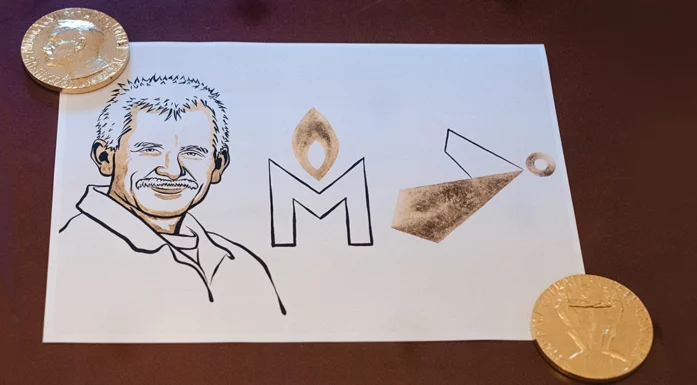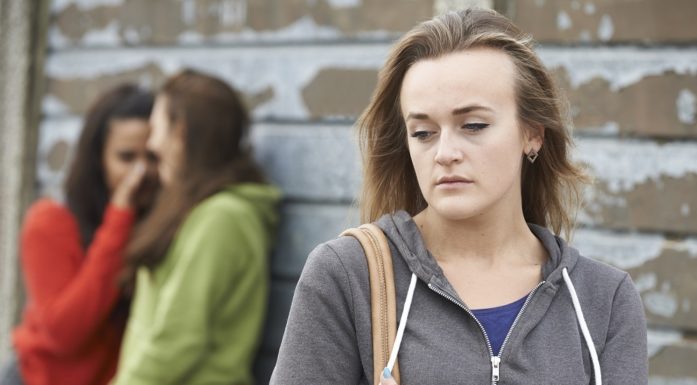Rare for women’s rights to be so front and centre in Iran
Women often participate in non-violent demonstrations, and they can be of crucial importance. But what is now happening in Iran stands out from other popular uprisings.
SUDAN, SPRING 2019: For months, women and men had been protesting in the streets to end the dictatorial regime of President Omar Al-Bashir. Twenty-one-year-old Alaa Salah, dressed all in white, stood on the roof of a car in the crowd and began to sing.
The photo of Salah immediately went viral. The young student and resistance fighter quickly became a symbol of the Sudanese revolution, where women were often in the majority during the non-violent demonstrations.
IRAN, AUTUMN 2022: On 16 September, 22-year-old Mahsa Amini dies in the custody of the Iranian police. Since then large demonstrations have been taking place against the Iranian regime.
On 4 December, the AFP news agency reported that women in the strongly religious and traditional regional capital of Zahedan in the province of Sistan and Baluchistan have also taken to the streets to demonstrate.
“It’s not the first time that women have played an important role in rebelling against the regime in their own country. In that sense, the uprising in Iran can be compared to the popular uprising in Sudan, where women had a prominent role and were very visible,” says postdoctoral fellow and former NTNU researcher Ingrid Vik Bakken at the University of Duisburg-Essen.
“But the uprising in Iran is unique. The protests are framed around women’s rights, which have become a main theme,” she says.
- You might also like: Greta Thunberg effect evident among Norwegian youth
Women demonstrate – but lose influence
Bakken recently completed her doctorate on women’s participation in resistance work in Africa at NTNU’s Department of Sociology and Political Science. Her research shows that women’s participation in demonstrations does not necessarily lead to having real influence in the organizations behind the uprising.
“Women often participate in these protests, but women’s needs and wishes are rarely prioritized. The demonstrations in Sudan ended with Al-Bashir’s regime having to step down and was replaced by a civilian transitional council, but only two women were represented on this council,” says Bakken.
Banafsheh Ranji is a researcher at NTNU’s Department of Sociology and Political Science. Ranji is Iranian and has a background as a journalist, feminist and student activist in her home country before she came to Norway to pursue her doctorate. She emphasizes that the recent Iranian protests have a long history.
Women fight against oppression
On Women’s Day 1979, in the midst of the Iranian revolution, thousands of women took to the streets of Tehran to demonstrate against the loss of rights. The day before, Ayatollah Khomeini had introduced an order for women to wear the hijab in workplaces and public offices.
“Thousands of Iranian women marched in the streets on 8 March 1979. They were protesting against the hijab order that had been introduced the day before. It is crucial to know the history in order to understand the liberation struggle of Iranian women. If you look at pictures from that March day in 1979, you can see that they’re almost identical to today’s protests,” says Ranji.
Since 2017, there have been a number of demonstrations against the hijab mandate in Iran. Some women have demonstrated by using their hijab headgear as a flag and waving it in front of the crowd.
Ranji believes it is important to note that the struggle of Iranian women is not only about the forced use of the hijab.
“Women have fought for freedom in various areas, in the same way that they have fought against oppression around the world. What we’re seeing now is a continuation of the women’s struggle, as much as it’s also a struggle for other oppressed groups in society. These groups include the working class, ethnic or religious minorities and people with a different sexual orientation,” says Ranji.
- You might also like: Mental stress plagues 44 per cent of teenage girls in Norway
Complex resistance struggle
In her doctoral work, Bakken has taken a closer look at the extent to which women are represented in the organizations that often take the lead in revolts and resistance. Bakken has studied resistance struggles in Africa from 1990 to 2015.
“Often it’s the established social actors like political opposition parties or trade unions that enter into negotiations and come into positions of power during regime changes. What we see is that women have a strategic and important role in the protests, but are often excluded when the important conversations are held,” says Bakken.
Ranji says that women in Iran have always participated actively in opposition parties and in protests.
“Iranian women have also organized various protests themselves. Nevertheless, we can say that this is the first time that the women’s rights issue has received support from a wider cross-section of the population and has been prioritized in the demonstrations,” Ranji says.
She says the Iranian landscape of movements, opposition and resistance is complex.
“The protesters consist of a wide range of opposition groups, such as feminists, communists, Marxists and socialist Kurdish opposition groups. On the other side you have monarchists and opposition on the political right. Student, worker and teacher movements are also strong in Iran. And then there are a lot of people who don’t belong to any particular political point of view, but who oppose the Islamic Republic,” says Ranji.
- You might also like: Big differences in emergency room assessments
Brutal violence against women
Participation in peaceful demonstrations is risky in many regimes. Amnesty International has warned of particularly brutal methods in Iran where children have also been killed, either by being shot at close range or exposed to violence.
Numerous protesters have been sentenced to death. Women risk harassment when they participate in protests, and sexual violence is used by the security apparatus in many regimes.
“Some regimes seem to use special tactics to intimidate and oppress women. For example, recent reports have emerged of the use of sexual violence against female demonstrators in Iran. At the same time, it’s the use of violence against women that has triggered the current wave of protests. Violence, and perhaps especially violence against women, has little legitimacy. This can lead to a strong backlash and anger towards the regime,” says Bakken.
Ranji says the state violence in Iran is extreme.
“Women have always been victims of violence by the authorities. The Iranian state has been clear from the start that they consider the protests illegitimate and that they will crack down on them. The fact that so many women are among the protesters means nothing in terms of the use of violence. The Iranian regime has killed lots of female opponents and protesters since the 1979 revolution.”
“Women are subjected to the same violence as other protesters. Nevertheless, women are at higher risk of being subjected to sexual violence, both by the security forces and when they are in custody and in prison. I’m not saying that men aren’t subjected to rape and sexual violence, but the risk is higher for women,” she said.







